When to come to hospital in labour
When to Come to Hospital in Labour is essential to ensure women are aware in advance of who to contact, when and why to come to hospital, and the signs of labour. It also provides information to ensure timely access to care, especially if complications arise.
Pregnancy and Alcohol - information you might not know about
Pregnancy and Alcohol brochure provides evidence-based information about the effects of drinking alcohol during pregnancy and while breastfeeding. This brochure is available in a range of languages.
Midwifery Support Program
This resource overviews the Midwifery Support Program. The Program provides postnatal care for women and babies in their own homes after discharge from hospital.
Information for survivors of child sexual abuse
The antenatal and postnatal periods are a high risk time for many women with a history of child sexual abuse. This resource aims to provide information to women to support them during these periods, and to facilitate access to appropriate services.
Edinburgh Postnatal Depression Scale (EPDS)
The Edinburgh Postnatal Depression Scale (EPDS) is recommended for screening for depression in the antenatal and postnatal periods. The following EDPS translations have been linguistically validated (forward and back translations by Western Sydney Local Health District Translation Services. Translations for either antenatal and postnatal use are printed on official NSW Health forms for accurate scanning into health medical records. Please be aware that scores used to identify possible depression in migrant and refugee women are generally lower than those used in the general Australian population. Use the following guide for screening: The EPDS is a screening tool not a diagnostic one and designed to identify those who require a more comprehensive mental health assessment. Complete the first antenatal screening as early as practical in pregnancy and repeat screening at least once later in pregnancy. Complete the first postnatal screening 6-12 weeks after birth and repeat screening at least once in the first postnatal year. For a woman with an EPDS score between 10 and 12, monitor and repeat in 2-4 weeks as the score may change subsequently. Arrange further assessment of perinatal women with an EPDS score of 13 or more. For a woman with a positive score on Question 10, undertake or arrange immediate further mental health assessment and if there is any disclosure of suicidal ideation, rake urgent action in accordance with local protocol. Use appropriate antenatal or postnatal NSW Health forms below:
Contraception After You Have Had a Baby
Contraception After You Have Had a Baby. This resource summarises options for suitable contraception after giving birth, including suitable options for breastfeeding mothers. Translations of these resources were funded through Multicultural Health Funding Program 2017-2018
What to Bring to Hospital when Having a Baby
What to bring to hospital when having a baby details what families need to organise so their partner/ support person feel prepared and are as comfortable as possible for their hospital stay.
Breastfeeding tips for new mothers
It covers the basics of breastfeeding, how and when to feed the baby, explains the normal breast changes and what is not normal when breastfeeding.The resource also provides the contact numbers on where to get help when needed. The resource have been translated in the following languages: Mongolian, Nepalese, Bengali, Indonesian and Thai.
Reducing third and fourth degree perineal tears
Reducing third and fourth degree perineal tears information sheet for women developed by Women’s Healthcare Australasia. The information sheet aims to encourage shared decision making, informing women about their risk of a tear and what can be done to reduce their chance of experiencing a third or fourth degree tear. The information is designed to be given to women at an antenatal appointment between 30-36 weeks. It has been developed by a consumer working group with medical and midwifery input.
